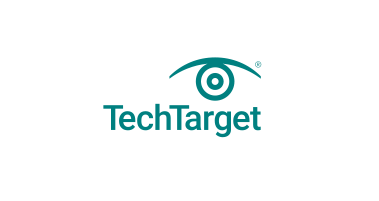- Biển số
- OF-327829
- Ngày cấp bằng
- 20/7/14
- Số km
- 17,661
- Động cơ
- 434,963 Mã lực
“5G chuẩn singleRAN (A), thị trường châu Phi thôi
Dẫy chết theo Mỹ(B), chỉ được dùng openRAN
The evolution of RAN
1G cellular networks were launched in Tokyo in 1979, using analog radios and wireless technology. The first commercial cellular network in the U.S. was built in 1983. In 1991, a digital 2G GSM network was launched in Finland. Soon, cellular networks were launched worldwide, enabling people to transfer data and send text messages for the first time.
This triggered a split between the GSM and Code-Division Multiple Access (CDMA) standards. The GSM standard was developed by the European Telecommunications Standards Institute and used throughout the world. Qualcomm developed CDMA, and Sprint and Verizon predecessors used it in North America, as well as parts of South America, Japan and South Korea.
NTT DoCoMo commercially deployed 3G in 2001. UMTS is the GSM-based standard for 3G, while CDMA2000 was a rival standard. Mobile internet access became possible with 3G, which delivered a download speed of 6 megabits per second.
4G LTE service first launched between Oslo, Norway, and Stockholm, in December 2009. As previously mentioned, 4G LTE was the first major cellular network spec to use IP for all data packets, including voice. Beginning in 2013, as true 4G LTE Advanced was deployed, more C-RAN and MIMO antenna arrays became available.
5G NR began to rollout at the end of 2018 and continued into 2019 and 2020. The majority of 5G networks deployed to date are RAN networks that use a 4G core network to handle data sessions, although standalone 5G networks that function without a 4G base are starting to arrive.”

What is a Radio Access Network (RAN)?
Radio access networks are a key part of the evolving cellular network architecture. Learn how RANs work and where they fit into a 5G future.
Theo tổng kết này thì 5G Âu Mỹ mới hình thành vào 2018 và phần chính là thiết bị 4G theo chuẩn LTE, tức là chưa có giải pháp trọn gói end to end như Tàu với chuẩn singleRAN, tức là thua cả về cơ sở lý thuyết mới đau.
Nhật thì chưa rõ có chuẩn 4G không, nói gì 5G




